After spending a lovely week on the shores of Lake Pleasant, located on the northwest side of the Phoenix metro, it was time to make our way north to Page, Arizona – arguably the most unique stop along our entire journey. Getting to Page from Peoria was a straight shot up I-17 before the highway terminated in Flagstaff, after which we transferred over to highway 89 for the rest of the trip. Besides a few patches of snow high up in the Mogollon Rim mountains (our first snow sighting in quite a while), the trek to Flagstaff was largely forgettable. However, the same cannot be said for the remainder of the voyage up highway 89.
In a matter of minutes, the pine-covered hills around Flagstaff gave way to a landscape that can only be described as other-worldly. Largely devoid of plants despite the occasional patches of cedars and short yellow shrubs holding on for dear life, this area is defined by its fabulous red rock formations which rise out of the ground like remnants of some ancient civilization. If you’ve never had the opportunity to experience this part of the country, do yourself a favor and start planning a trip today, I guarantee that you’ve never seen anything like it!
In fact, “part of the country” may not be technically correct as most of this area between the Grand Canyon and Moab, Utah marks the traditional homeland of the Navajo (Dinétah in the local language) and thus, belongs to the Navajo Nation – making it a bit of a legal gray area when it comes to sovereignty. However, despite this ambiguous legal status, visitors are still allowed on the reservation despite tribal status (for now). While the beautiful landscapes are the obvious reason why we say that this is the most unique region we’ve visited, the demographics also contribute to the idiosyncrasy of the area. After growing up in Oklahoma, I’m no stranger to the natives or their customs, however, this was the first place where I was actually a minority among an Indian population.
Our residence while in Page was the Wahweap Campground, located right on the Arizona/Utah border and within walking distance of the ever-picturesque Lake Powell. As you can see, the views of the lake and surrounding rock formations were absolutely spectacular, and despite the spotty cell reception, we loved how remote and secluded this spot was.


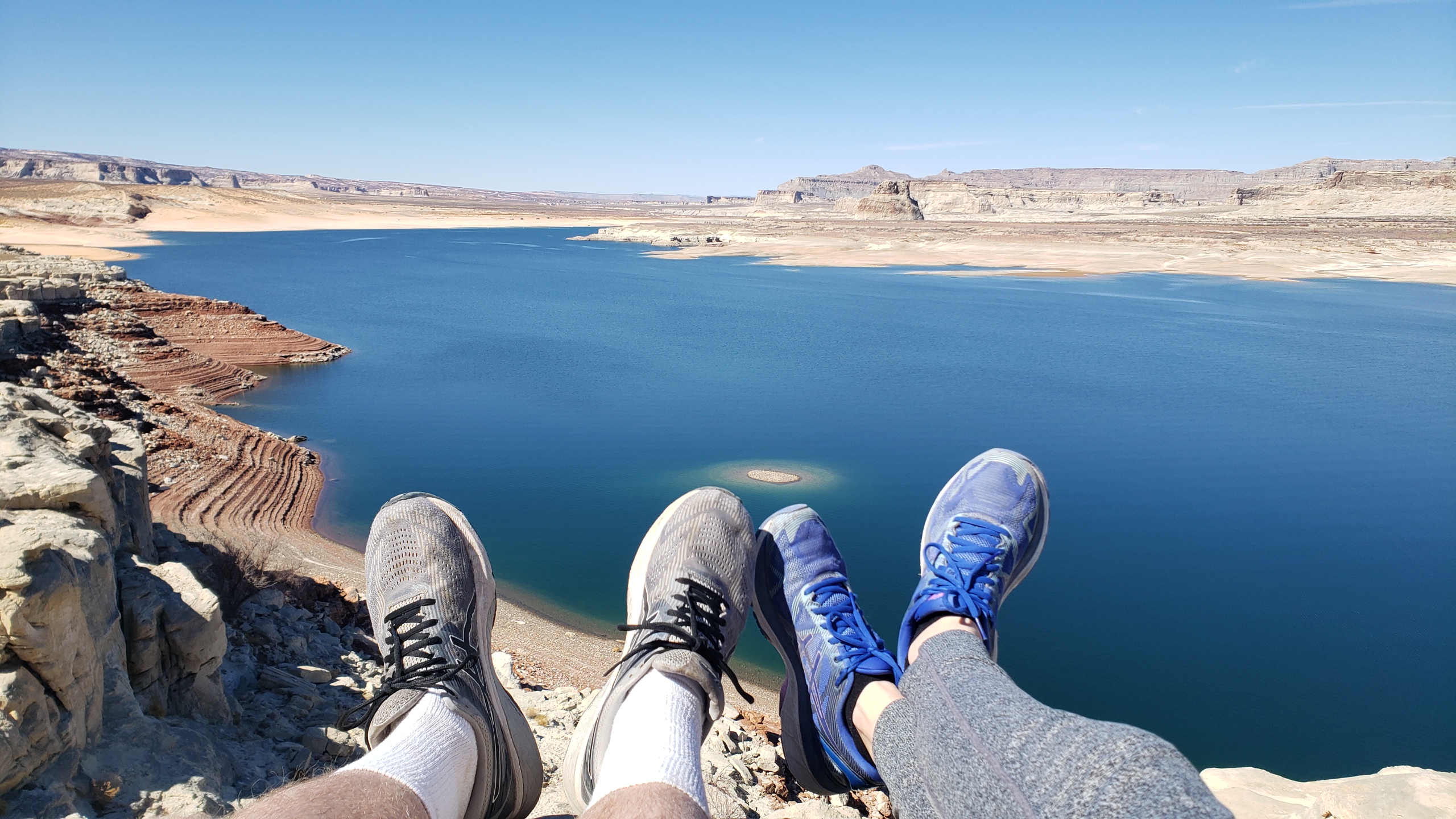
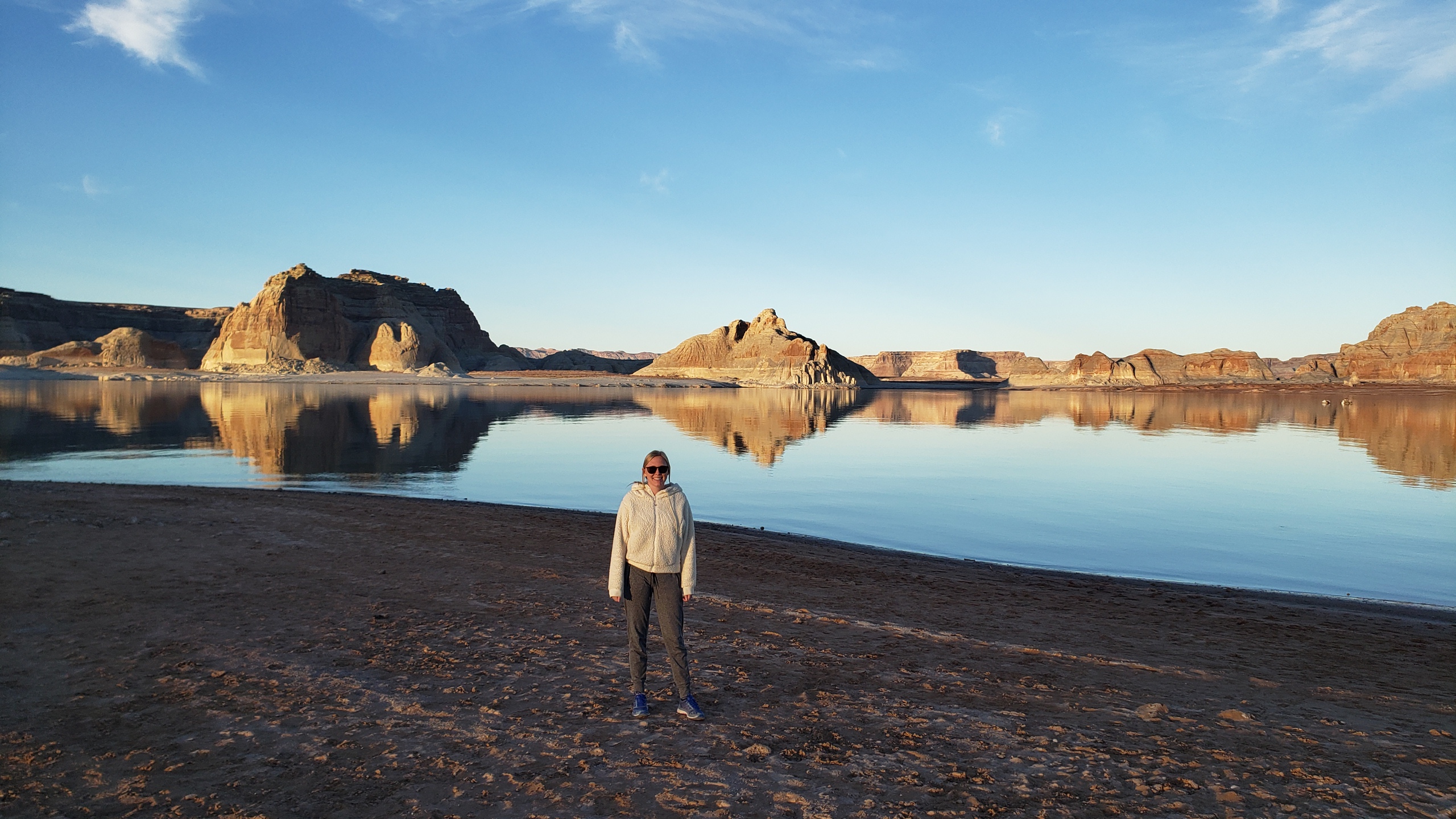
No trip to Page is complete without a visit to world-famous Horseshoe Bend, the (you guessed it) horseshoe-shaped meander of the Colorado River just a few miles south of Lake Powell’s Glen Canyon Dam. Given that Sam was working during the days, we opted to get up at the crack of dawn one weekday morning to catch the Bend at sunrise (also avoiding the bulk of the crowds which descend upon the area each day). We couldn’t recommend this enough – Horseshoe Bend should absolutely be on every American’s bucket list! I tried to come up with a wordy description of our experience, but quickly realized that I couldn’t do it justice. Hell, the pictures speak for themselves…
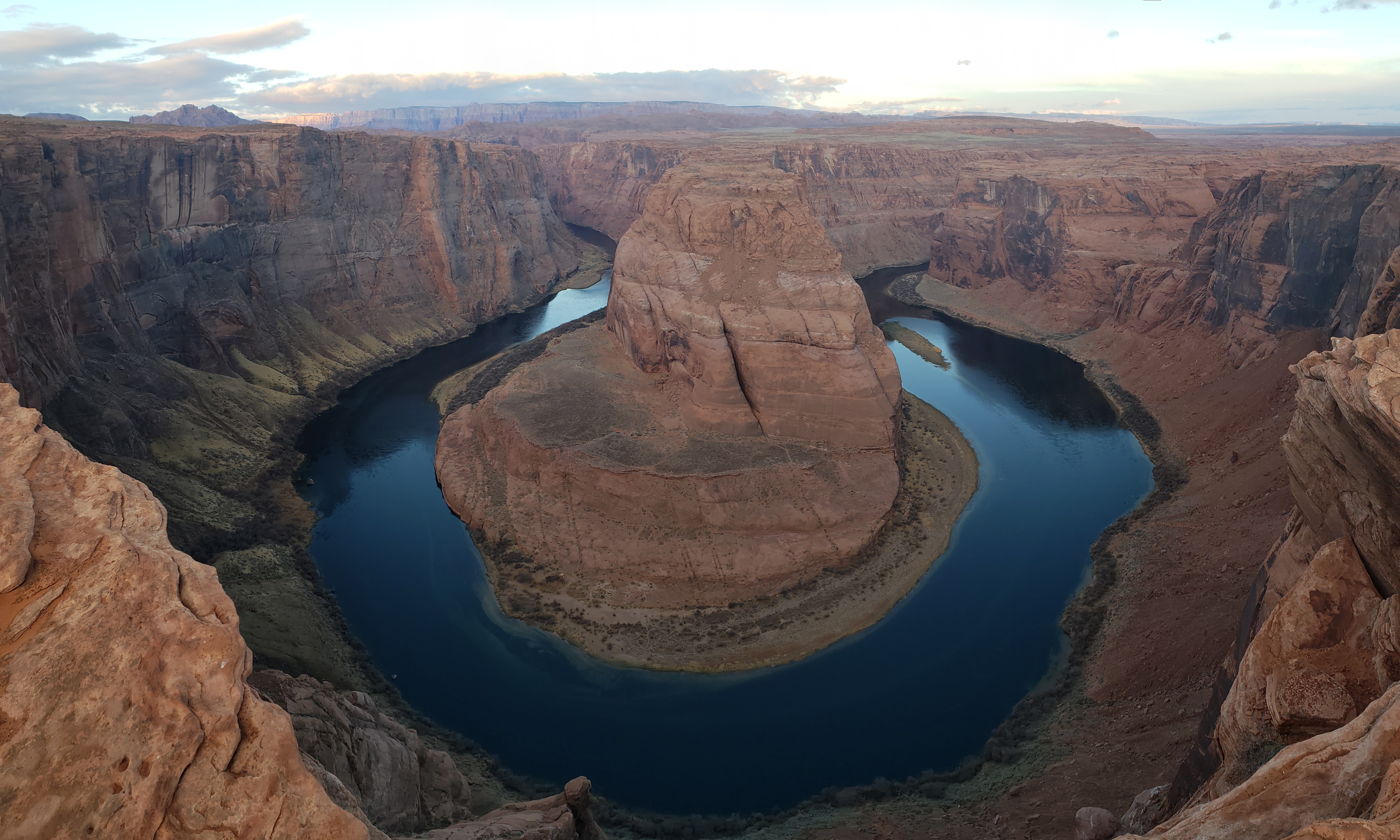
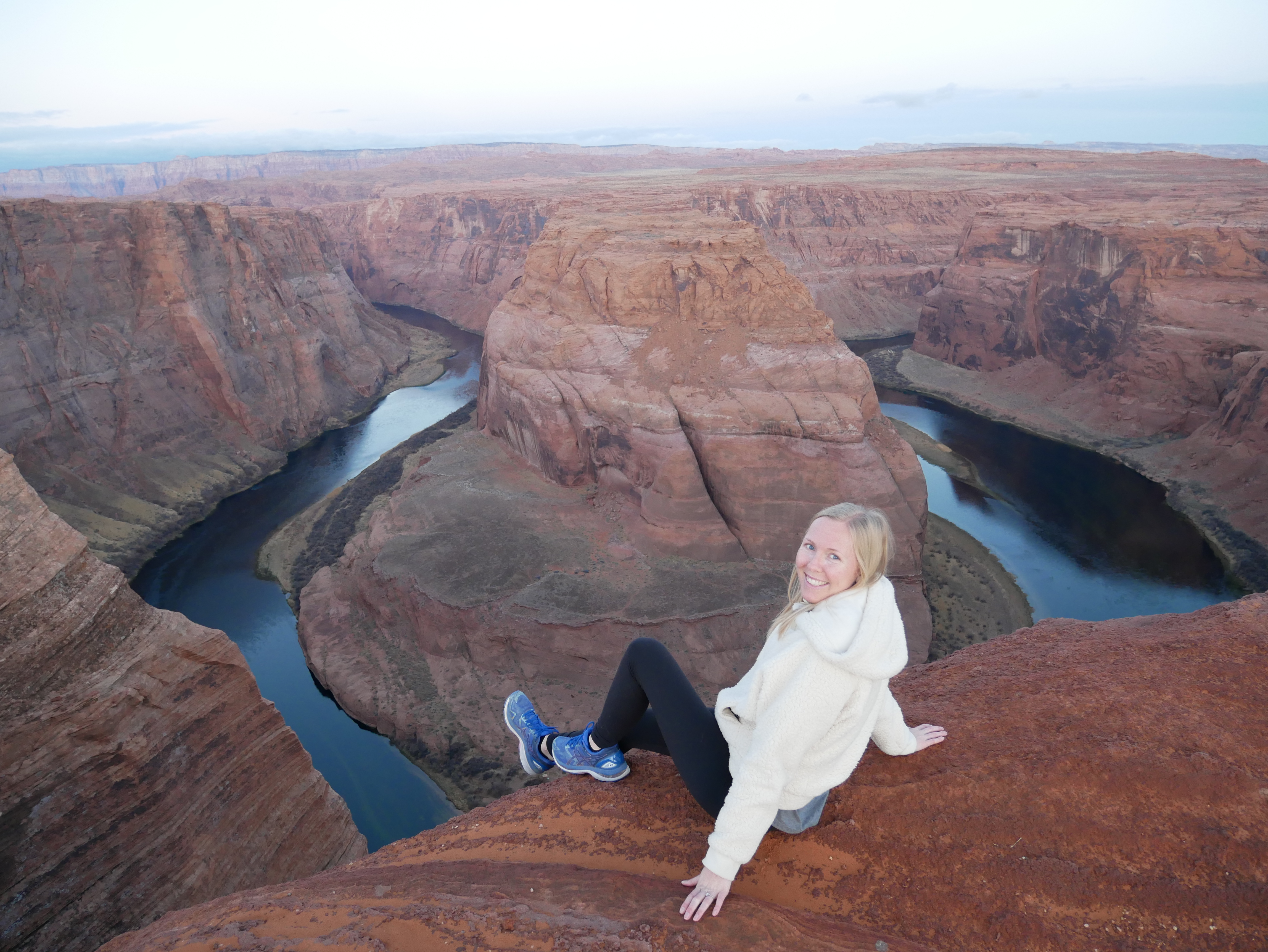
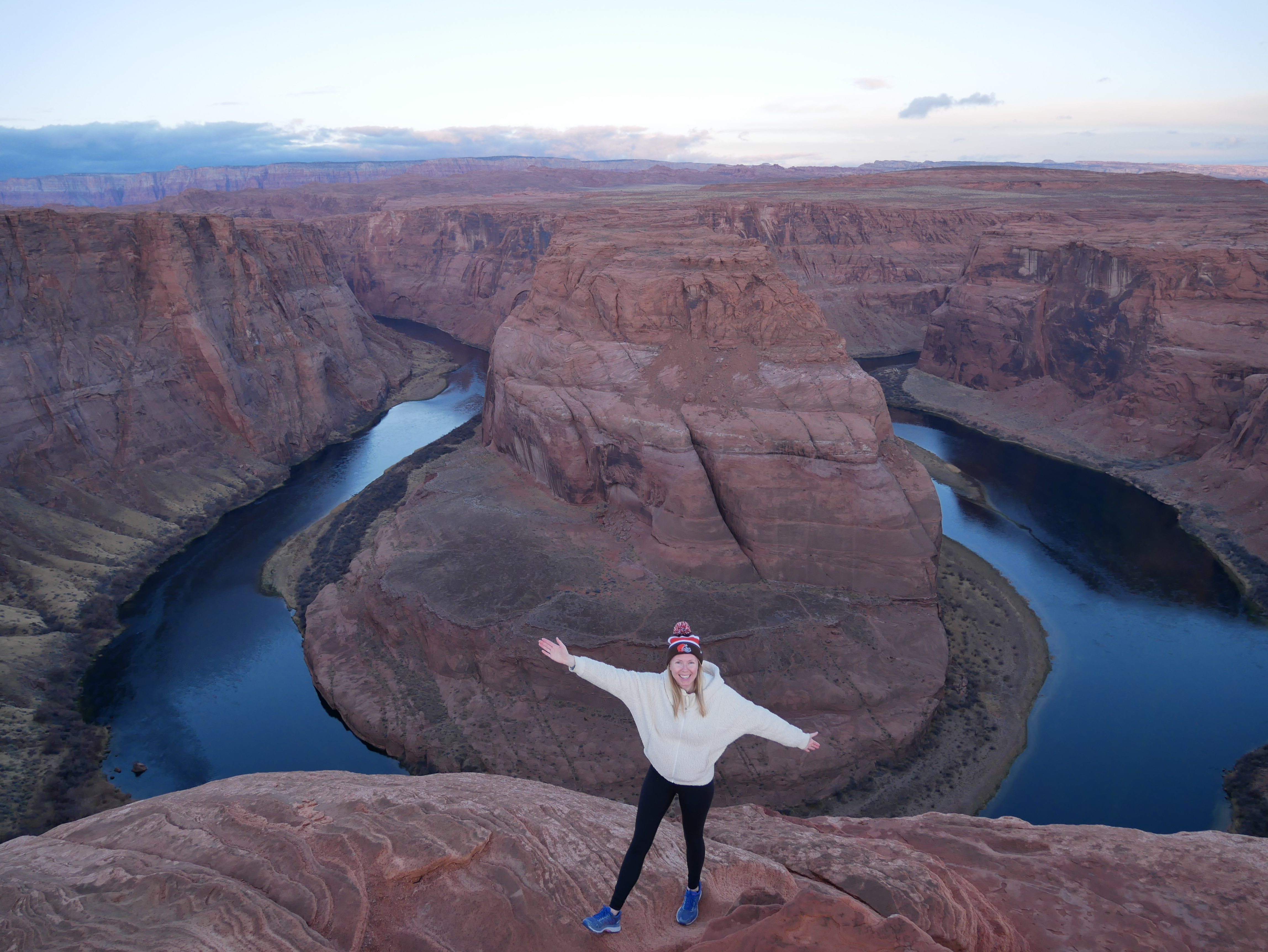
We saved Page’s other renowned landmark for the following weekend, as this one was a bit harder to reach and required a multi-hour visitation in order to get the full experience. Of course, I’m talking about the ever-iconic Antelope Canyon, a remarkably deep slot canyon carved into the beautiful red Navajo Sandstone a few miles east of downtown Page. Technically, Antelope Canyon is divided into two sections, an upper and lower canyon, and historically, the upper canyon has received vastly more visitors given its relative ease of access. However, because the upper canyon is under direct tribal control, it was closed to visitors while we were there due to the lockdown. Thankfully, we still had the option to visit the lower canyon, but due to it’s hard-to-reach location, we couldn’t get there by foot or by car – we would have to kayak in! Although, this may sound like an inconvenience to some, we absolutely loved the experience of renting our tandem kayak and paddling the three miles along the remote arm of Lake Powell to the mouth of the lower canyon.
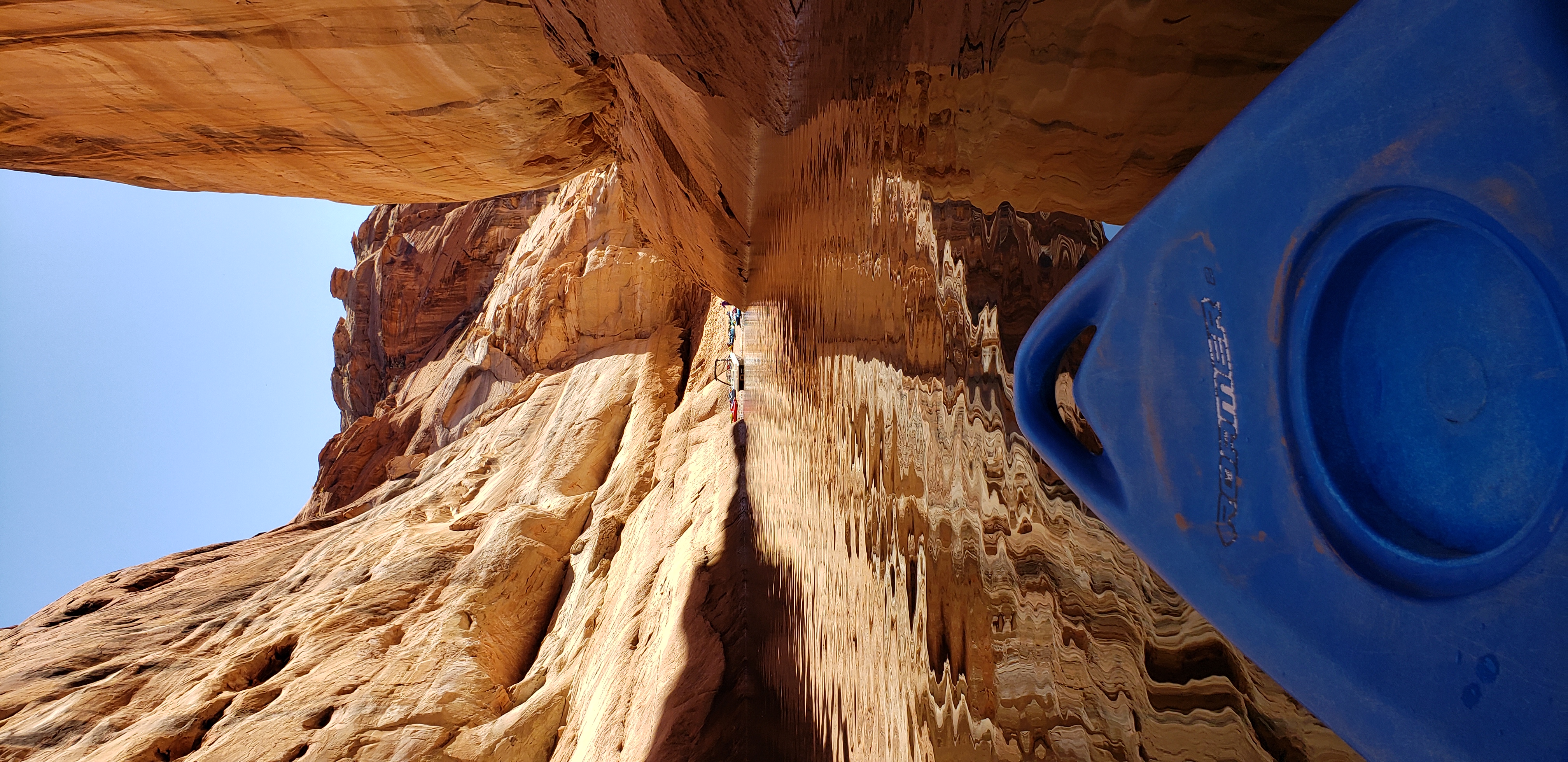
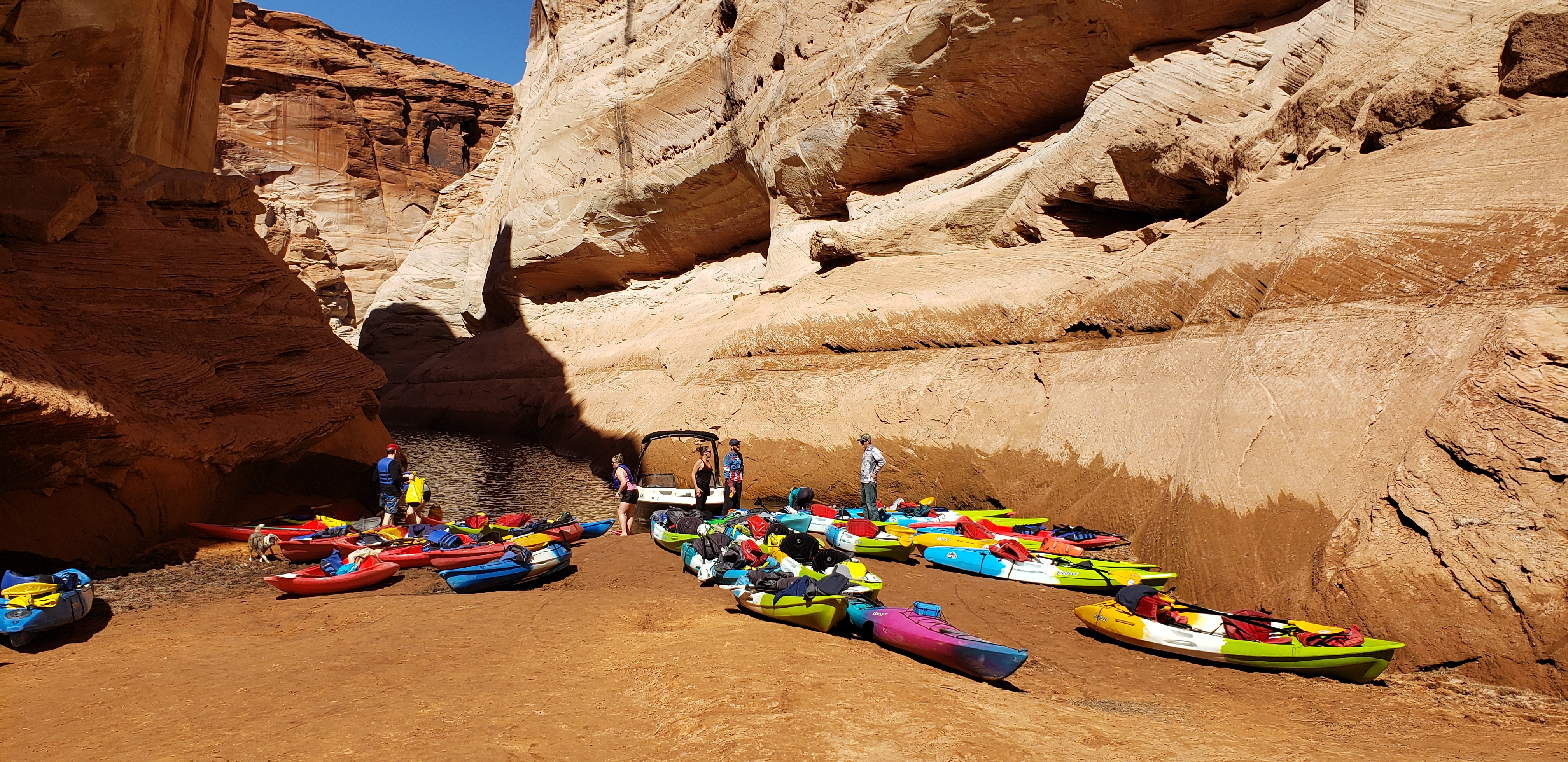
Back on solid ground within the canyon, we changed into our shoes and began exploring this magnificent natural wonder. I think I speak for both of us when I say that this was easily one of our favorite days that we’ve spent together. This place will forever be etched into my memory when I think back to our time on the road. But once again, too much jibber jabber, I’ll let the pics do the talking from here on out.
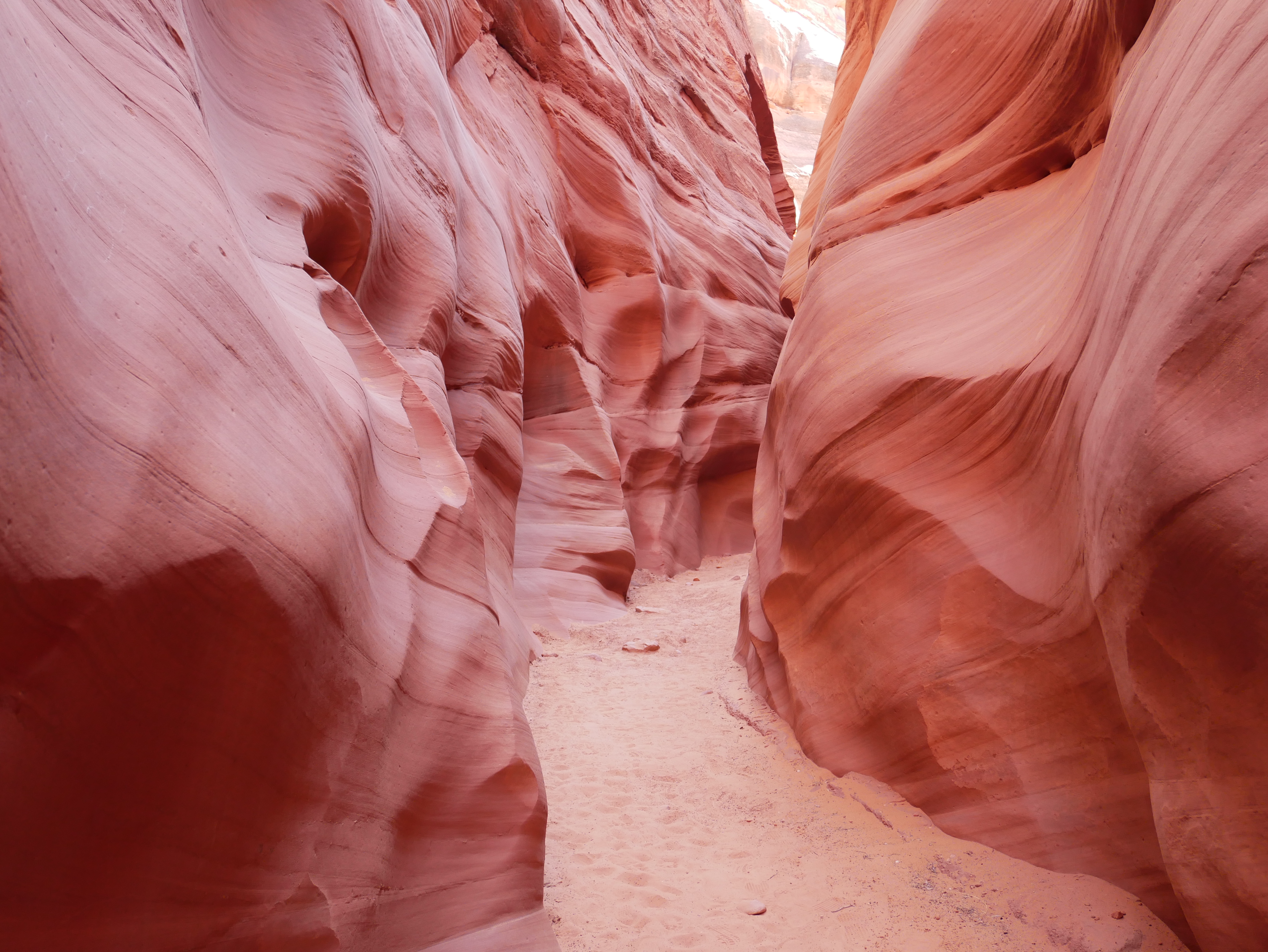
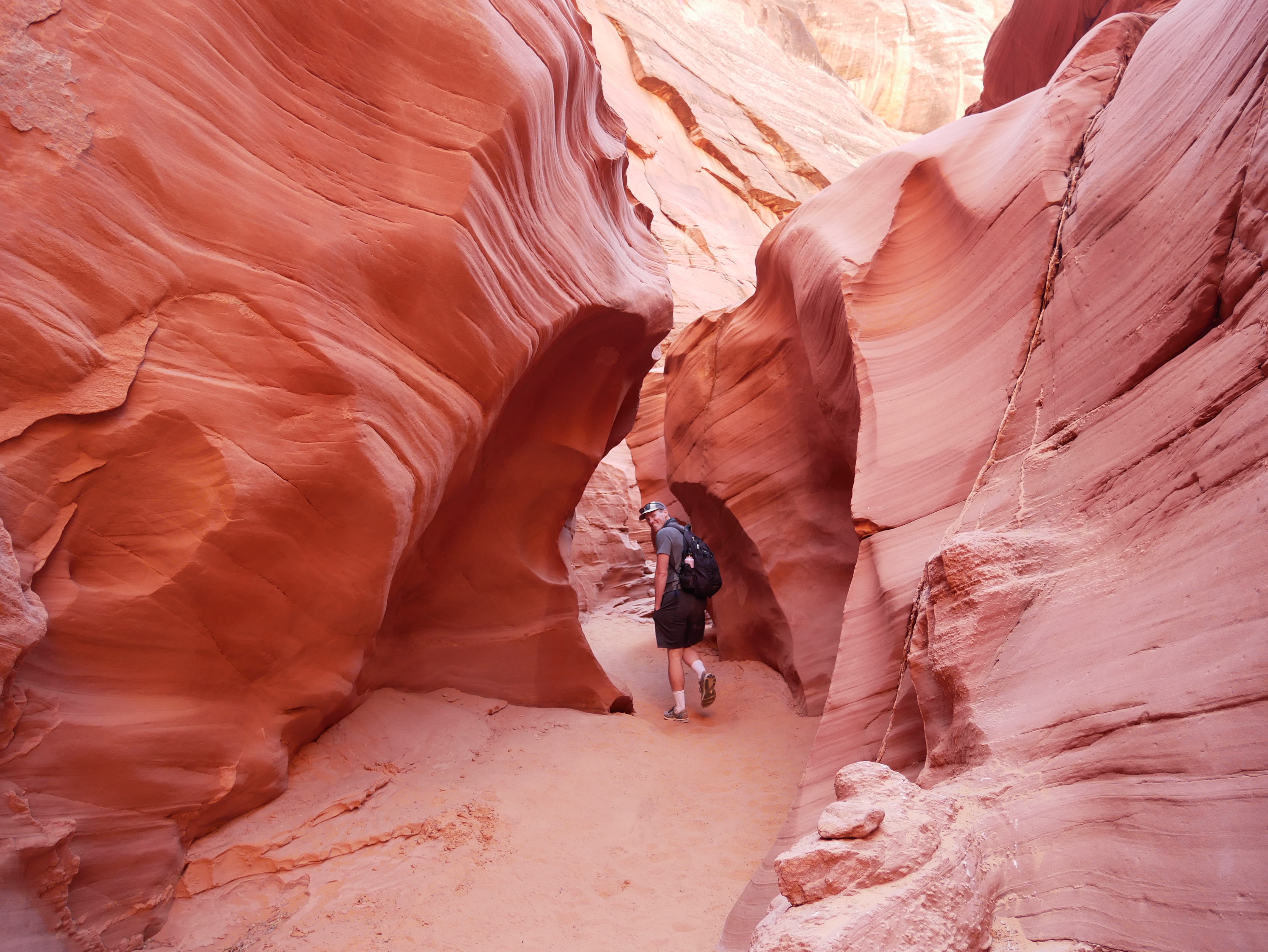

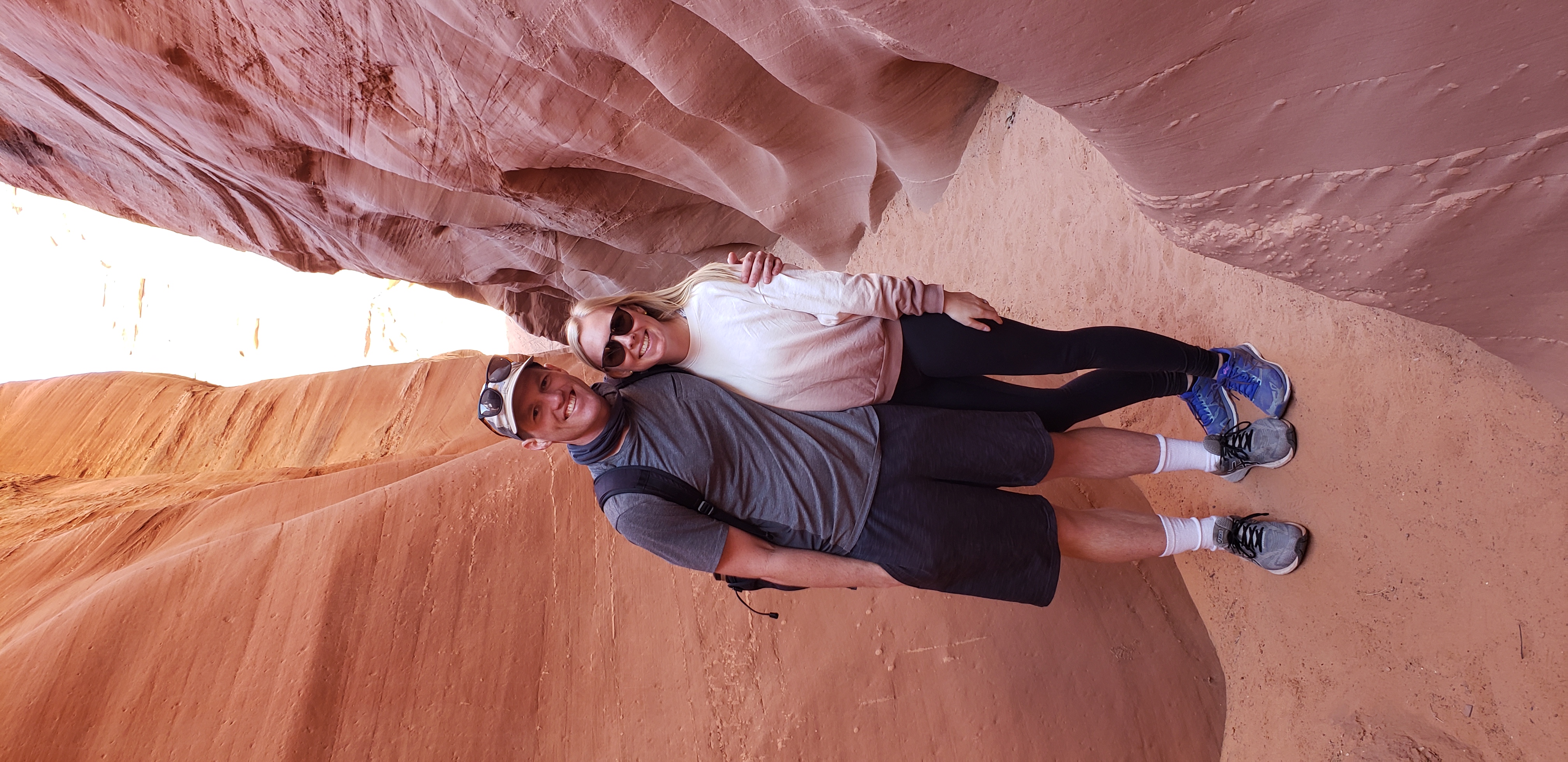
When we weren’t out enjoying these marvels of nature, we were hanging around the campground, either exploring on foot or from the air. That’s right, I said air! Brian and Char got me a little drone with a camera on it for Christmas, and it was finally calm/open enough for its maiden voyage. Here are just a few of the hundreds of photos that we snapped during our week at Wahweap.

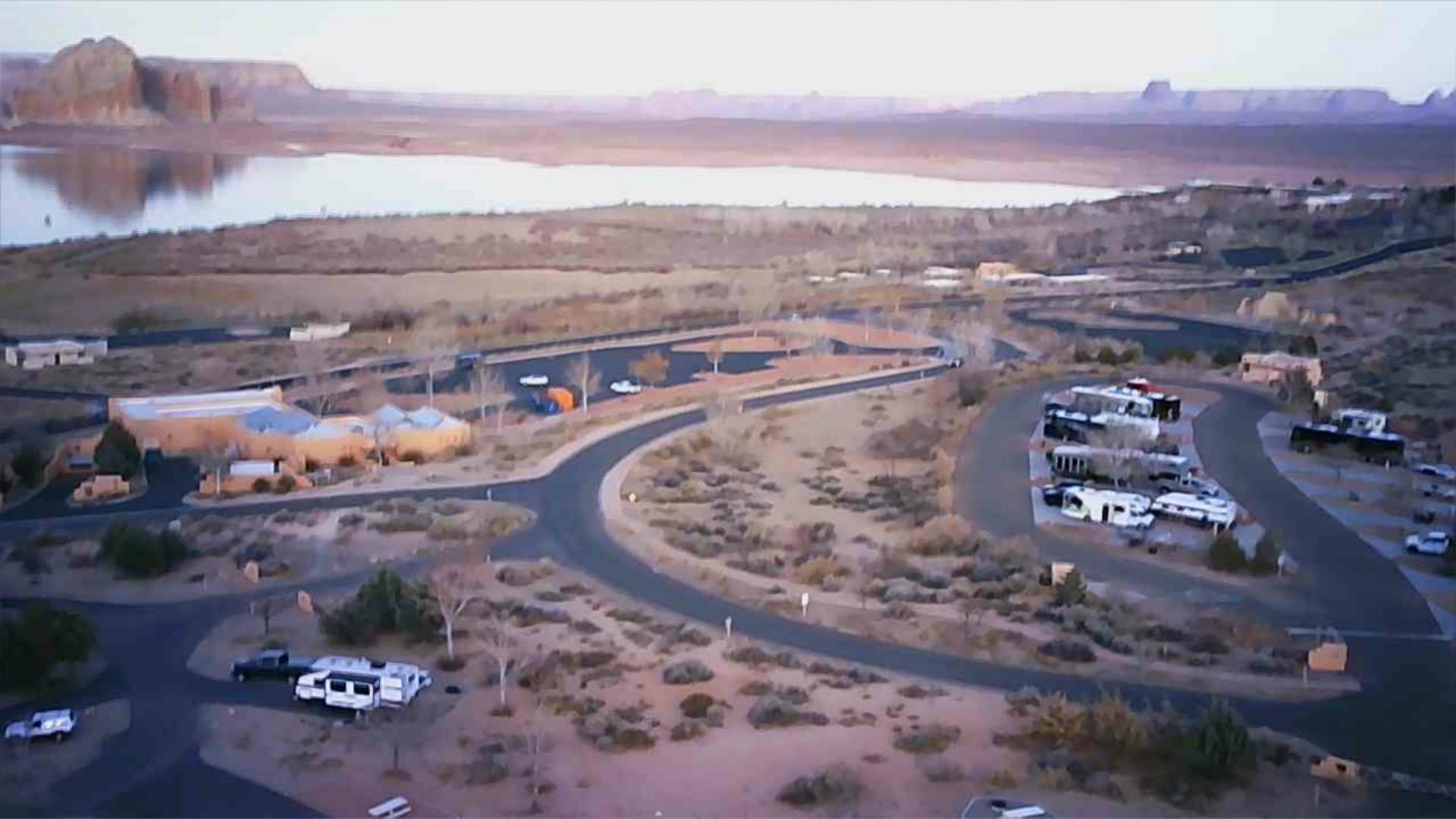

(Unfortunately, my drone piloting skills still needed some work. Luckily, I was able to climb high enough to where I could shake the drone free after flying it right into this tree.)
While walking the campground throughout the week, we made an effort to collect fallen twigs/branches and by the end of the week had accumulated enough for a nice little fire to pair with the lovely sunset which bid us farewell on our final night in the area.
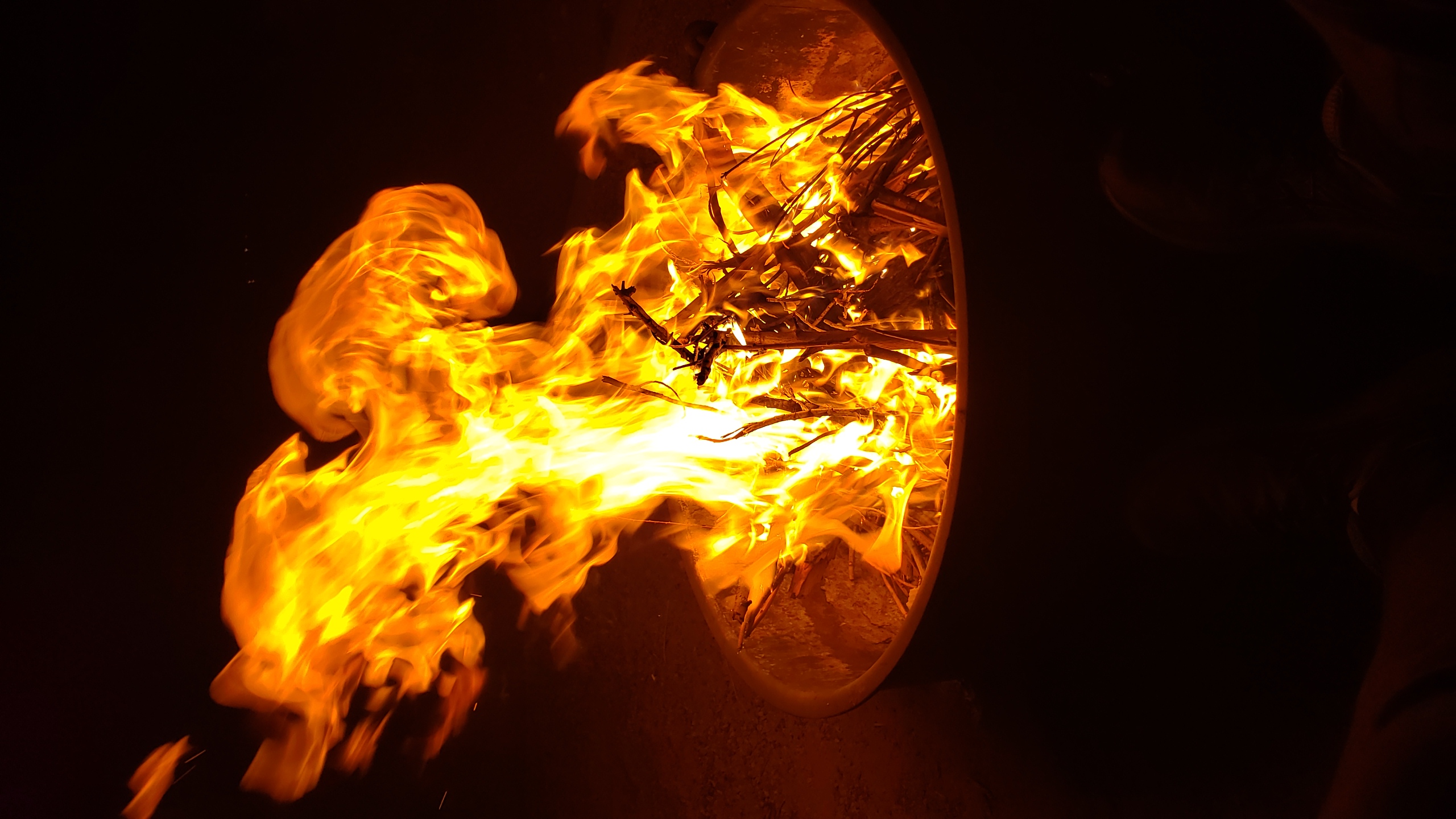
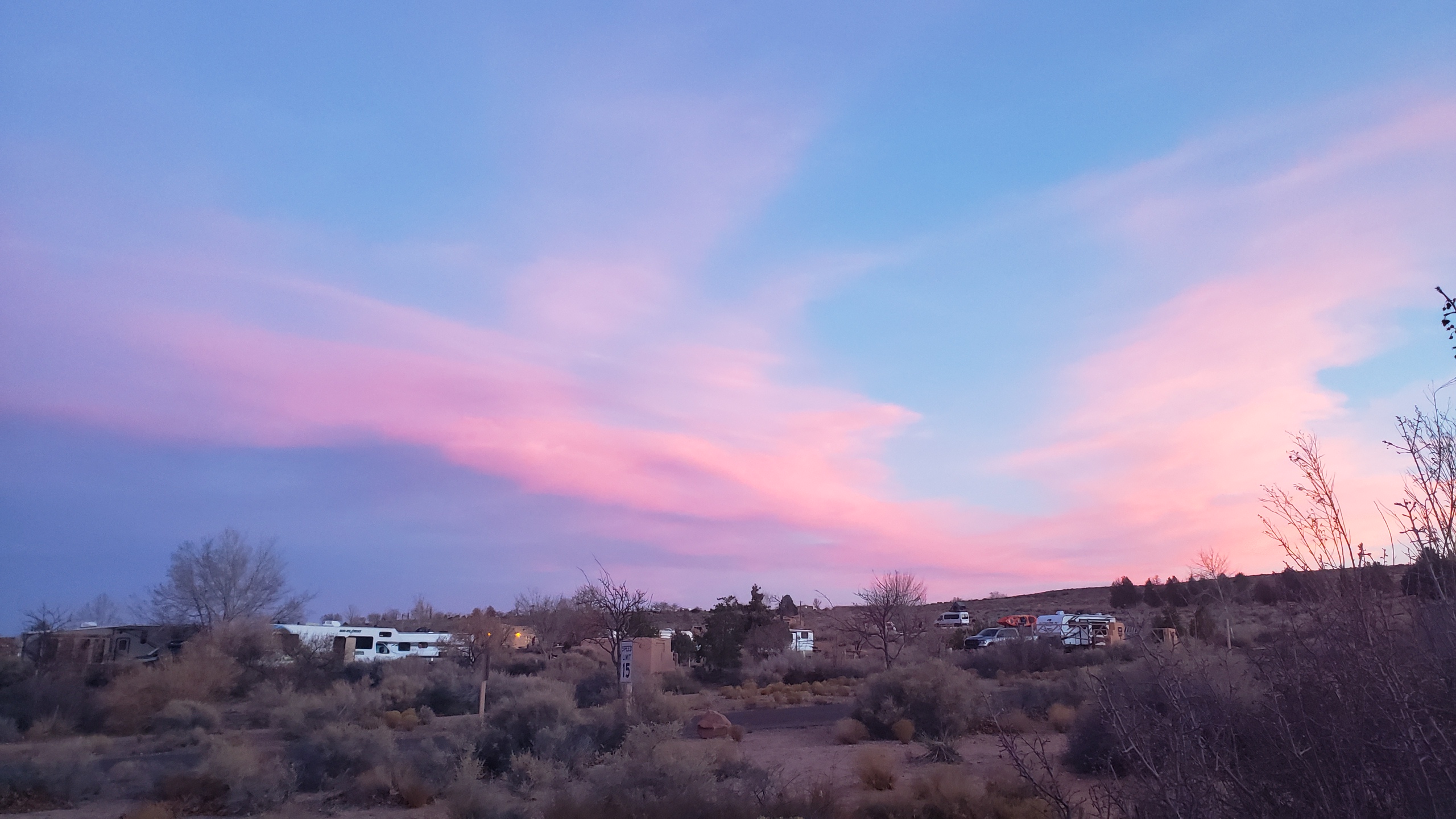
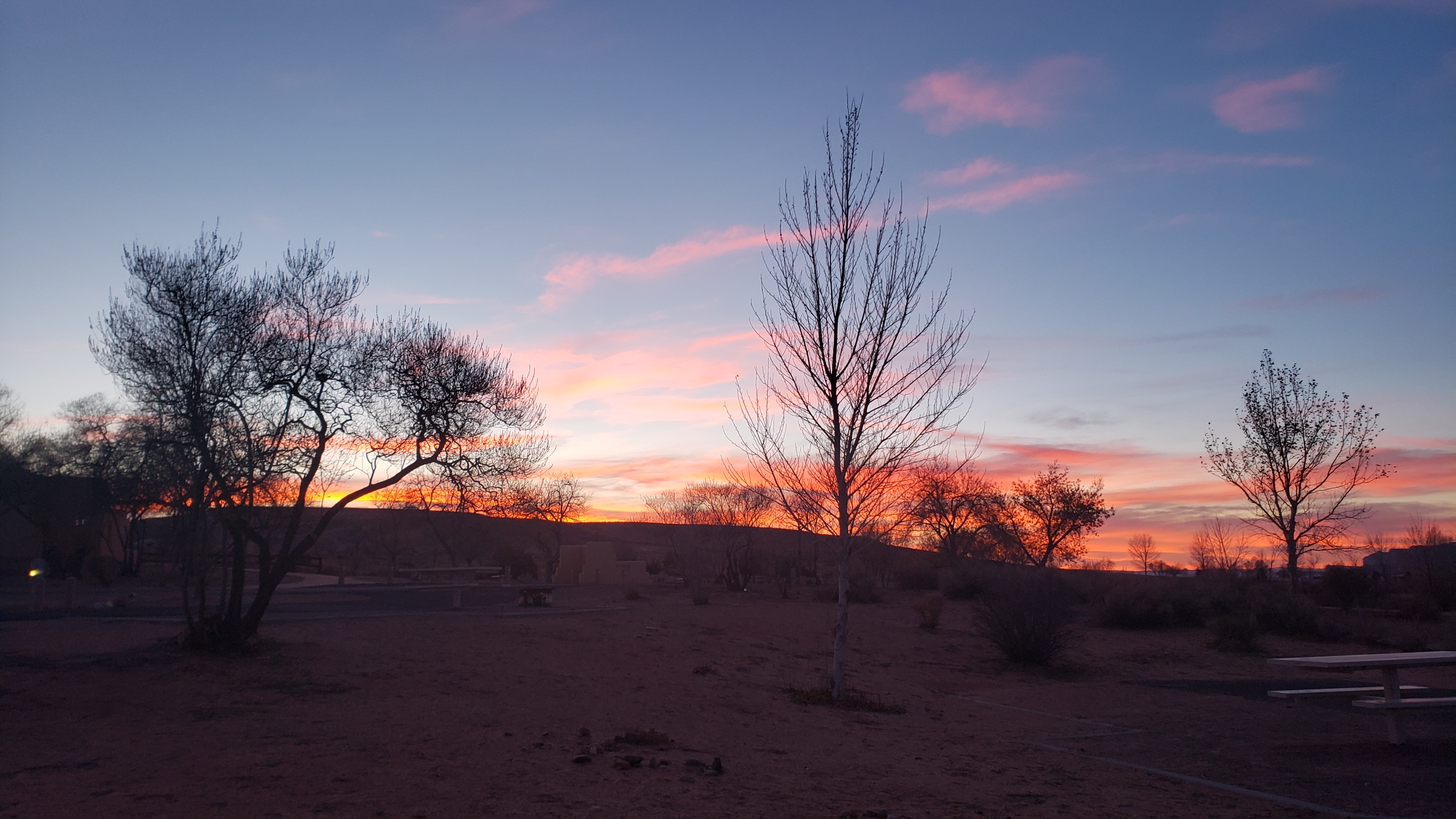
Just based on the sheer number of pictures in this post, you know that we had a good time during our stay in Page. This place truly is special, and you really are doing yourself a disservice the longer you wait to make the pilgrimage. Luckily, our journey through Navajoland wasn’t over just yet as the trip to our next stop, Moab (round two), took us right through the heart of Monument Valley – arguably the most iconic and most famous of all the amazing landscapes that make up the Dinétah.